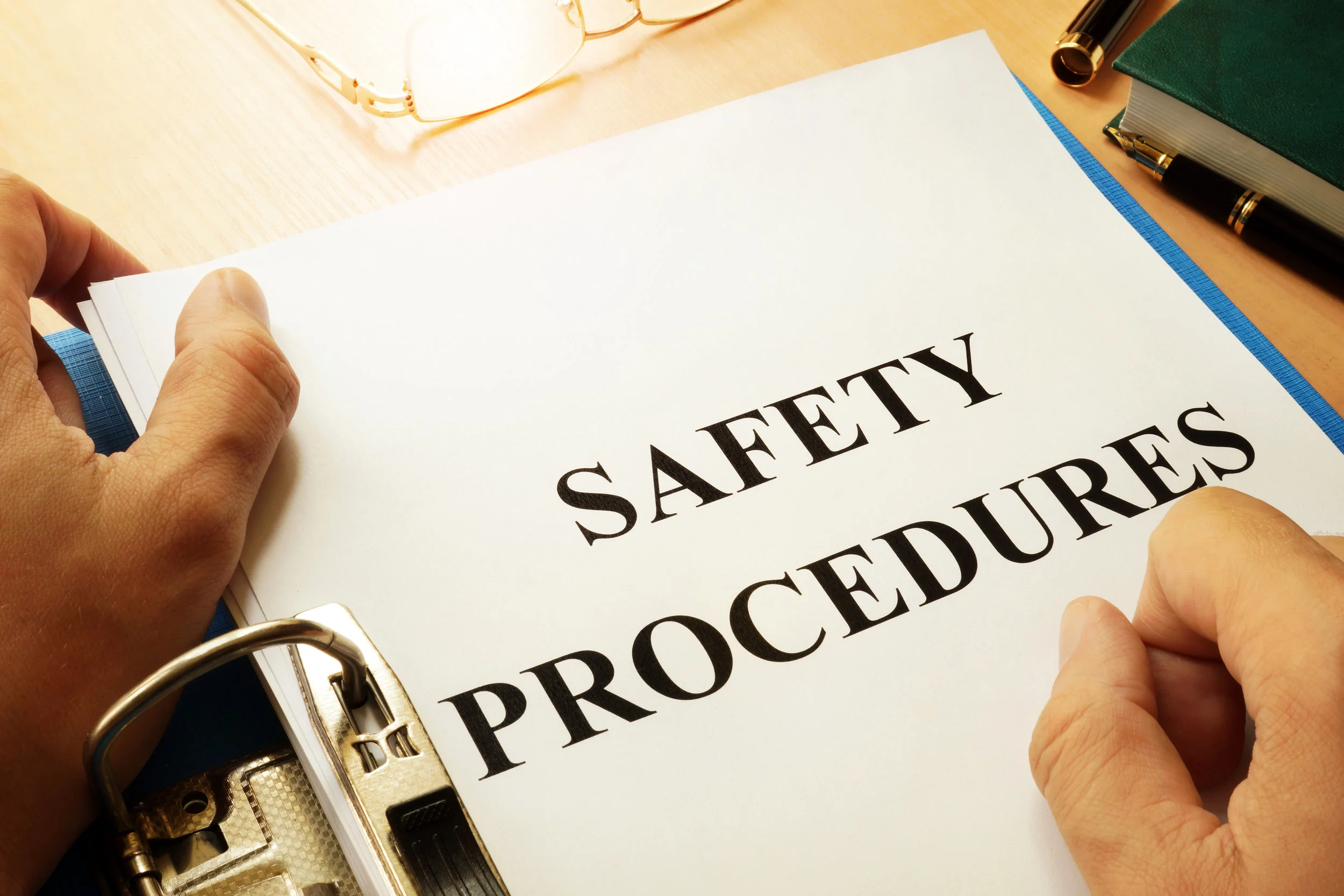4 Essential Tools For Managing Your Company's Risk
Author, Alyssa Burley, Client Services Coordinator, Rancho Mesa Insurance Services, Inc.
Risk Management is the identification, analysis, assessment, control, and avoidance, minimization, or elimination of unacceptable risks. Companies manage their risk through what is known as an Injury and Illness Prevention Program (IIPP). As a business owner, supervisor or manager, there are tools available to assist in risk management endeavors.
“Injury and illness prevention programs are systems that can substantially reduce the number and severity of workplace injuries and illnesses while reducing costs to employers,” according to OSHA.
Below are four tools your company can use to proactively manage the IIPP.
Training
Access to a robust bilingual database of both online and offline trainings is essential to ensuring employees are up to date on required and supplemental training. Weekly training shorts (e.g., tailgate topics, safety shorts) that are industry specific and relevant keeps employees focused on safety and reinforces a safety culture within the company.
“Training in the safe way for workers to do their jobs well is an investment that will pay back over and over again in fewer injuries and illnesses, better morale, lower insurance premiums and more,” according to OSHA’s training requirements document.
Tracking of Employee Training
Maintaining employee training documentation is vital for ensuring employees are trained on required topics and in regular intervals. Having an electronic tracking system can streamline the process and allow management to generate reports and search records from any device with internet access.
According to OSHA’s documentation, “it is a good idea to keep a record of all safety and health training. Documentation can also supply an answer to one of the first questions an incident investigator will ask: ‘Did the employee receive adequate training to do the job?’”
To learn more about OSHA training requirements, review Training Requirements in OSHA Standards.
Incident Tracking and OSHA Reporting
Documenting near-misses, injuries, and accidents can keep your company OSHA compliant while helping to prevent incidents in the future. Making sure supervisors complete a thorough investigation and collect witness statements at the time of the incident can also ensure hazards are addressed immediately. Electronic documentation of a near-miss or incident creates a standardization of data that is collected, allows for trend reporting, and electronic submission of OSHA 300A Summary data.
Written Job Hazard Analysis
A job hazard analysis (JHA) identifies the dangers of specific tasks in order to reduce the risk of injury to workers. JHAs are important for managing risk because they help to identify hazards which can be reduced or eliminated before an employee is hurt. Once a JHA is established, management should observe and document their findings and any remedies that are made.
Risk Management starts with a written IIPP, but it is up to management to implement and utilize the available tools to make it effective. Contact Rancho Mesa’s Client Services Department at (619) 438-6869 to learn more about the Risk Management Center platform.

